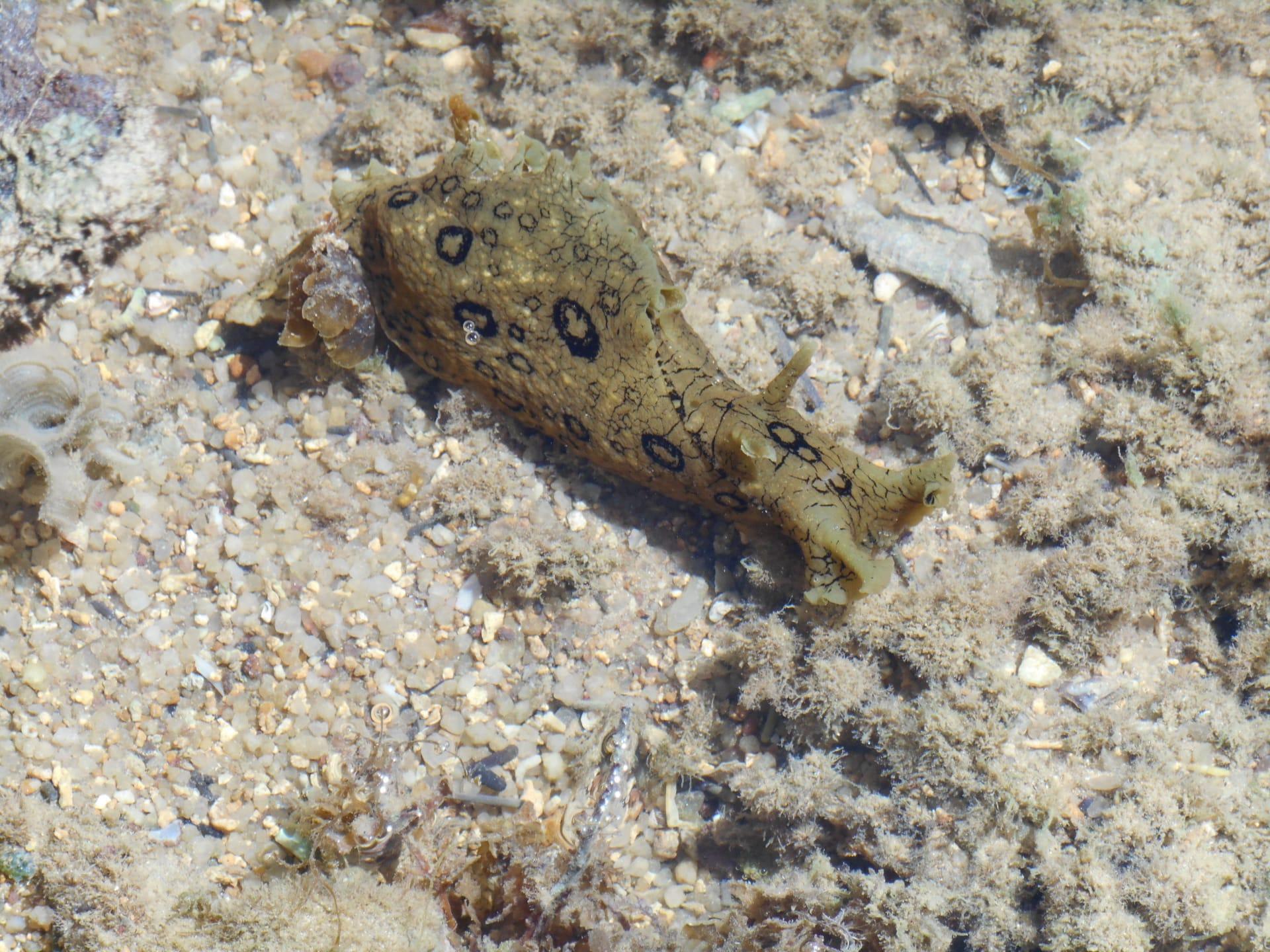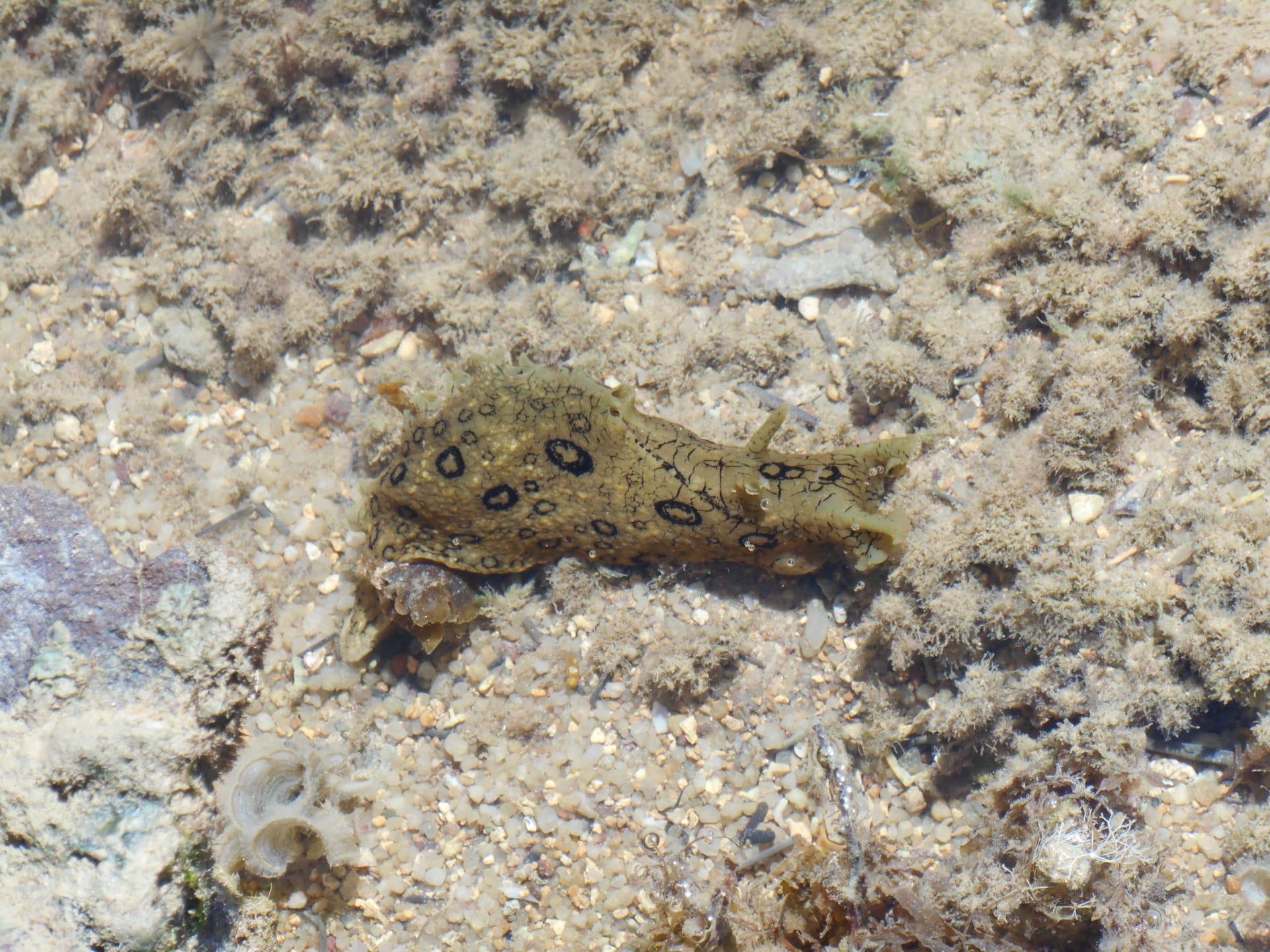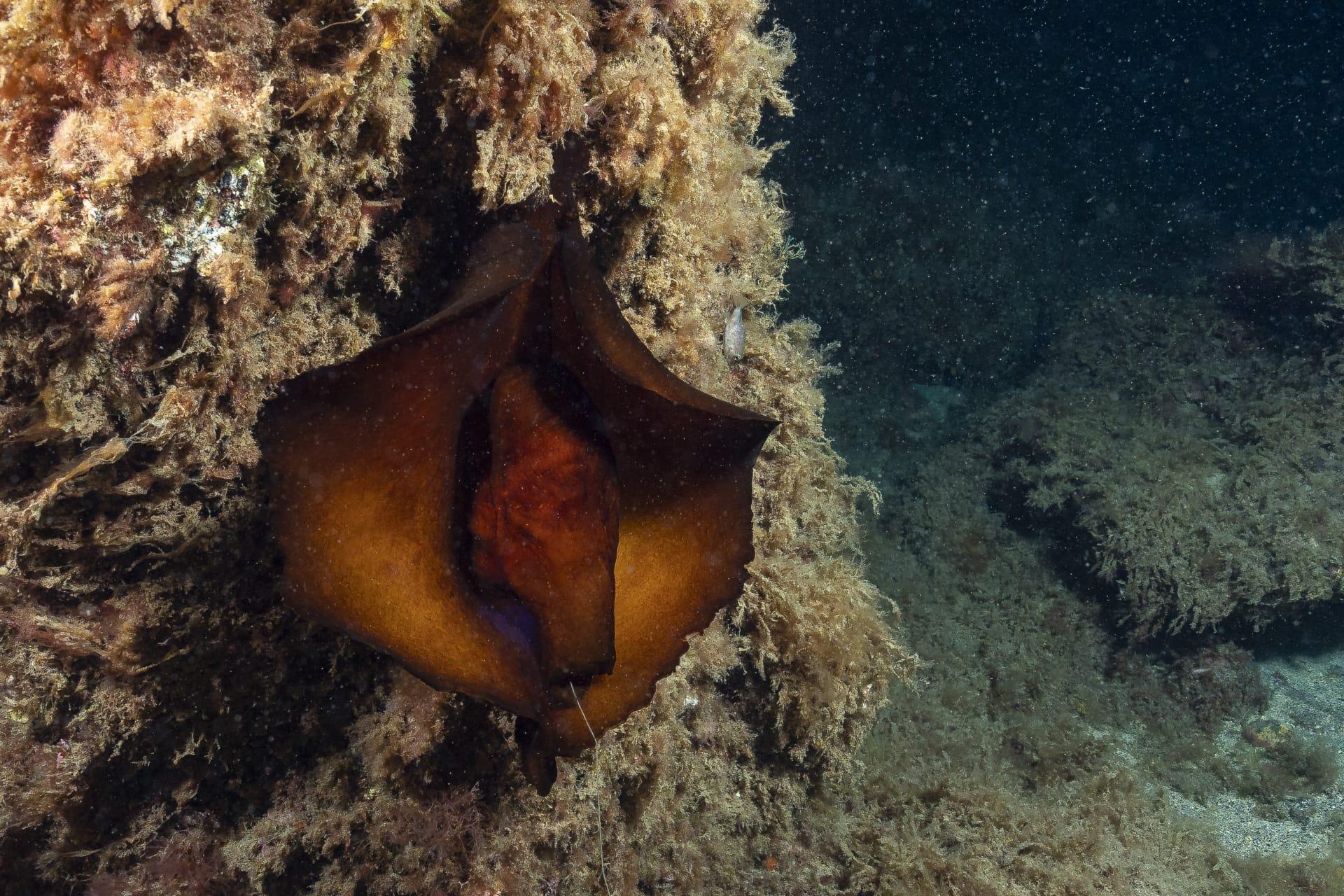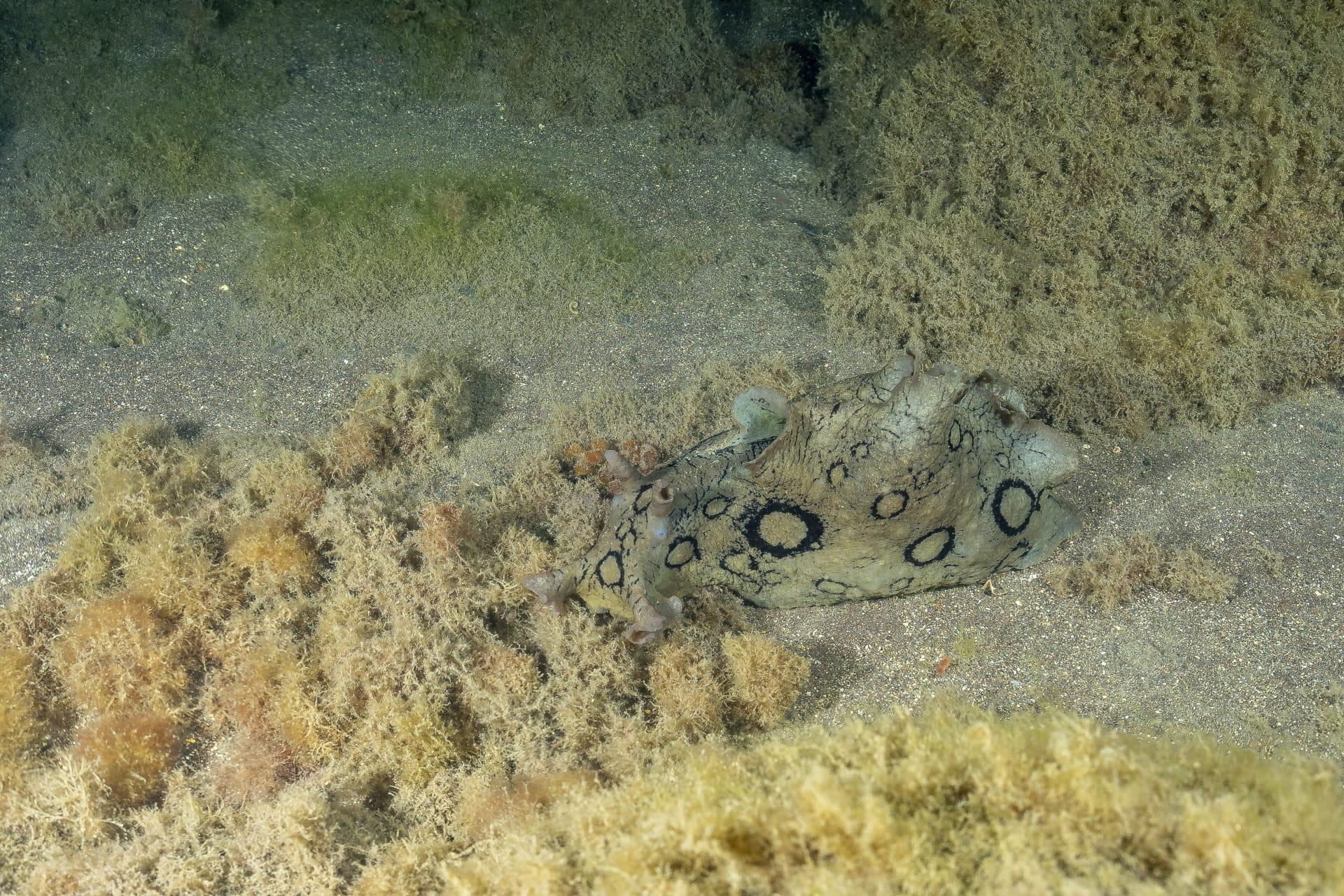Aplysia Characteristics
- Home /
- Mini Encyclopedia /
- Animal /
- Aplysia Characteristics
1
The sea hare, Aplysia, is a fascinating marine mollusk known for its unique appearance and behavior. Aplysia typically measures between 20 to 40 centimeters in length, though some species can grow up to 75 centimeters. Their lifespan, in the wild, can range from a few months to a year, influenced by environmental factors. Sea hares have a soft, often colorful body, with a skin texture that can be described as a mix between leathery and gelatinous. This texture plays a crucial role in their survival, as it makes them less appealing to predators.
One of the most distinctive organs of Aplysia is its ink gland. This gland produces a cloud of purple ink, a defensive mechanism used to confuse and deter predators. The ink also contains chemicals that can dull a predator's sense of smell, further aiding in the sea hare's escape. This ink is not just a simple dye; it's a complex mixture of amino acids, mucus, and other compounds, making it a unique example of chemical defense in the animal kingdom.

2
Question: Why do sea hares have such a large size compared to other marine mollusks?
Answer: The large size of sea hares, such as Aplysia, is primarily an evolutionary adaptation for survival. Their size makes them less vulnerable to a range of predators, as many smaller fish and marine creatures cannot prey on them due to their sheer volume. Additionally, their large body allows for more significant energy reserves, enabling them to endure longer periods without food. This size also facilitates a greater surface area for skin, which is essential for their respiratory function. Furthermore, the large body size aids in their mating rituals, as it allows for easier identification and interaction with potential mates.

3
Aplysia move through the water using a form of jet propulsion, achieved by rhythmic contractions of their muscular foot, combined with flapping movements of their parapodia - wing-like flaps on their sides. This mode of locomotion is not just for movement but also aids in escaping predators. Their movement can be surprisingly quick, especially when they sense danger.
As for their diet, sea hares are herbivorous, primarily feeding on algae. They have a specialized radula, a structure akin to a tongue lined with tiny teeth, which they use to scrape algae off rocks and other surfaces. This feeding habit plays a significant role in controlling the growth of algae in their ecosystems, thereby maintaining a balance in the marine environment.

4
The natural habitat of Aplysia is typically shallow, temperate coastal waters, where they can be found in abundance among seaweed beds and rocky substrates. These environments offer ample food sources and provide shelter from predators. Sea hares prefer these areas as they provide the ideal conditions for their algae-based diet.
Regarding reproduction, Aplysia are hermaphrodites, possessing both male and female reproductive organs. During mating seasons, they can often be found in large groups, engaging in a chain-like mating process. They lay eggs in long, gelatinous strings, which are often attached to rocks or other substrates in their environment. These egg masses can contain millions of eggs, ensuring a high rate of offspring survival.

5
Book: "The Biology of Sea Hares: Understanding Aplysia" explores the fascinating world of sea hares, focusing on their biological and physiological aspects. This book delves into their unique adaptations, feeding habits, and defensive mechanisms, providing an in-depth look into the life of these intriguing sea creatures. The comprehensive coverage of their anatomy and behavior makes it an essential read for marine biology enthusiasts.
Book: "Sea Hares: A Natural History of Aplysia" offers a comprehensive overview of the life and ecosystem of sea hares. The book, rich in detail, covers various aspects of Aplysia, from their role in marine ecosystems to their fascinating reproductive behaviors. It's an informative guide that not only educates but also highlights the importance of conserving these unique marine mollusks and their habitats.